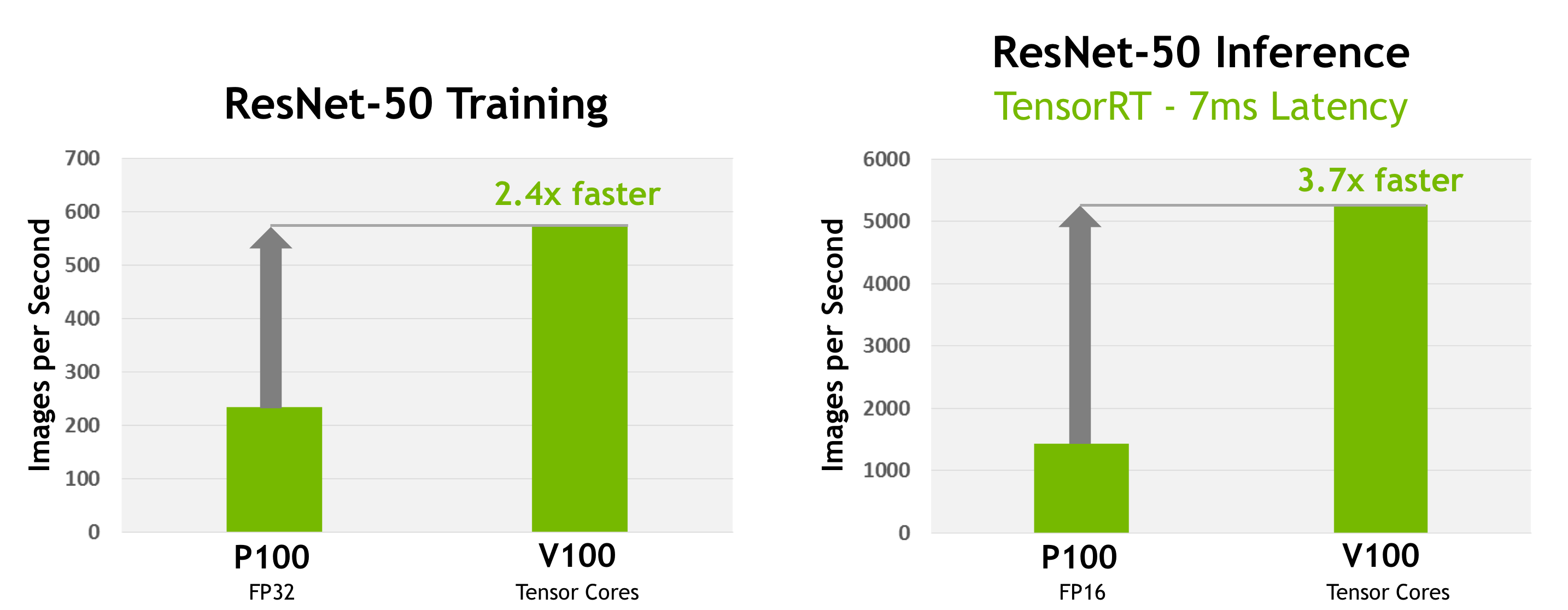DavidGraham
Veteran
Maybe against Volta PCI-E, but Volta NVLink has 15.7 TF FP32, and 7.8 TF FP64. MI60 has 14.7 TF FP32 and 7.4 TF FP64. That's why Volta still remains faster.AMDs strength with V20 is it's DP and FP32 performance.
David Wang on stage has specifically said that the card is not for consumers and is designed specifically for enterprise. They didn't even price that SKU, as they intend to sell it to cloud providers directly.True. However, this time, to my knowledge, AMD have not mentioned gaming at all, and they have said that they have Navi coming for gaming at 7nm.
AMD can't actually allocate enough 7nm capacity for all the Vega 20, Epyc 2 and Ryzen 3000. These will get priority before even Navi or any consumer GPU.
Last edited:


